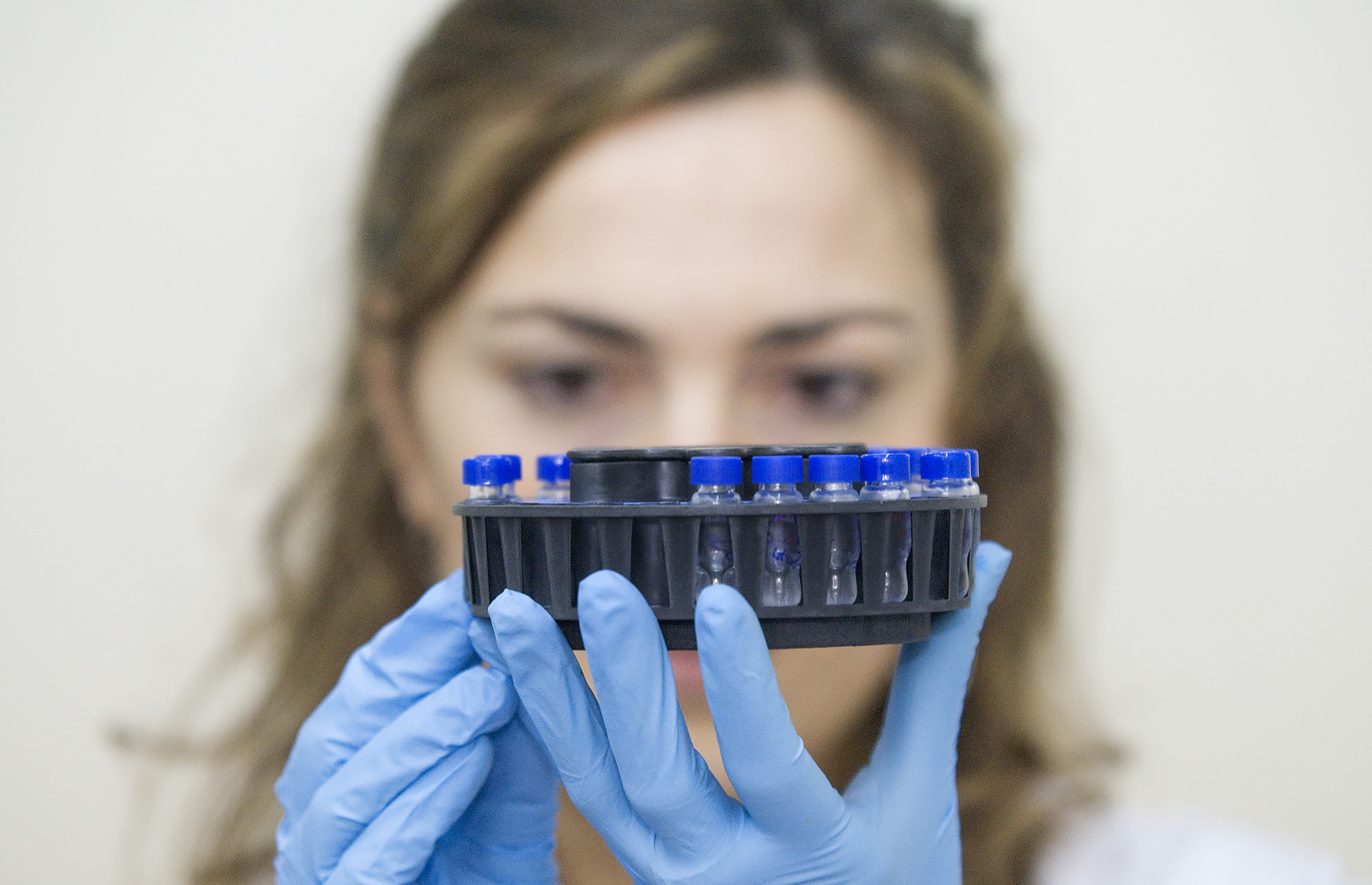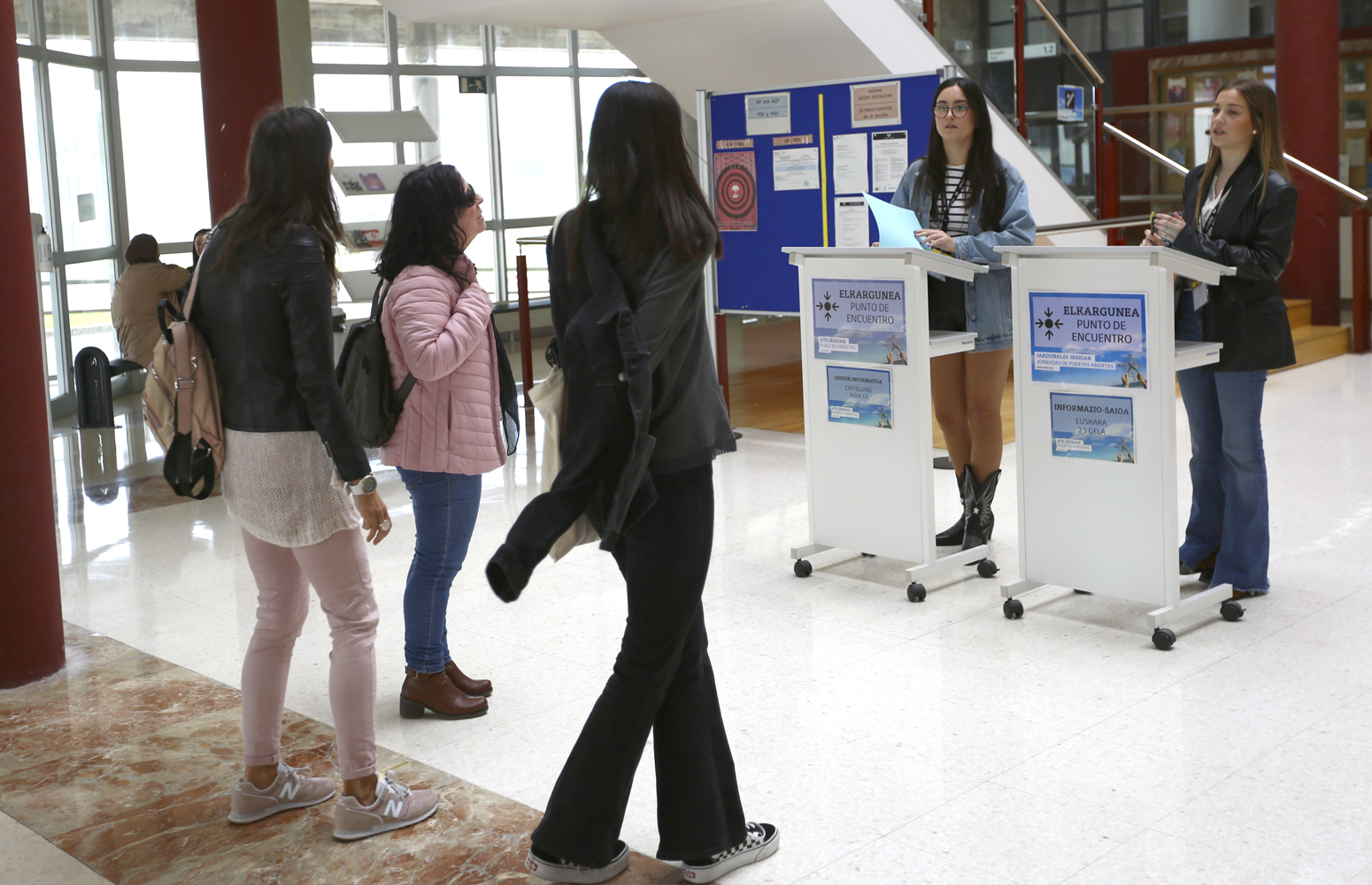Un gran número de bacterias están presentes en las bocas humanas y pueden pasar a la sangre cuando se realizan intervenciones como la extracción de algún diente. Los enjuagues con clorhexidina tiene un potente efecto antimicrobiano, pero hay posiciones encontradas sobre su uso en estos casos. La investigación de la UPV/EHU demuestra que su uso evitaría en un 12% los casos de bacteriemia.
La clorhexidina tiene una eficacia limitada para evitar infecciones en intervenciones bucales
Sin embargo, dado su bajo coste y la ausencia de reacciones adversas y complicaciones, la investigación de la UPV/EHU recomienda utilizar estos enjuagues
- Investigación
Fecha de primera publicación: 05/07/2018

La cavidad oral humana está colonizada por una gran variedad de bacterias. Cuando se realizan procedimientos quirúrgicos, como por ejemplo una extracción dental, pueden pasar al torrente circulatorio, causando una bacteriemia generalmente transitoria. No está clara todavía la importancia que esta presencia de bacterias en la sangre tiene en el origen y evolución de procesos infecciosos como endocarditis de las válvulas cardiacas, de prótesis valvulares, de prótesis de articulaciones como cadera y rodilla generalmente y en la infección local.
Numerosos estudios han demostrado que el enjuague con clorhexidina tiene un potente efecto antimicrobiano sobre la microflora salival y la placa bacteriana. “Partiendo de esta hipótesis, podemos suponer que los enjuagues bucales antimicrobianos, utilizados antes de un procedimiento dental, debieran disminuir el número de microorganismos introducidos en el torrente sanguíneo del paciente, sin embargo, existe una gran controversia sobre este aspecto”, señalan los miembros del grupo de personal investigador de la UPV/EHU.
Así, la American Heart Association (AHA), en 1997, sugirió que los pacientes con riesgo de endocarditis infecciosa debieran usar un enjuague bucal antimicrobiano antes de un tratamiento dental. En 2006, la Sociedad Británica de Quimioterapia Antimicrobiana (BSAC) recomendó un único enjuague bucal con clorhexidina al 0,2% (CHX) (10 ml durante 1 minuto) antes de realizar procedimientos dentales asociados con bacteriemia en pacientes con riesgo. Sin embargo, en 2007, la AHA recomendó no utilizar ningún protocolo de profilaxis antiséptica.
Tratando de aportar evidencia científica sobre este asunto, el grupo de investigación de la UPV/EHU del que forman parte Iciar Arteagoitia, Carlos Rodriguez Andrés y Eva Ramos decidió realizar una revisión sistemática y un metanálisis de ensayos controlados aleatorios (ECA), siguiendo la Declaración PRISMA. El objetivo era evaluar la eficacia de la clorhexidina en la prevención de la bacteriemia tras una extracción dental. La investigación se realizó en colaboración con el Departamento de Medicina Preventiva y Salud Pública de la UPV/EHU y ha sido publicado en Plos One la primera revista científica de acceso abierto del mundo, que acepta investigaciones científicas rigurosas e innovadoras.
En el estudio se incluyen 8 ensayos clínicos, con 523 pacientes, 267 en el grupo tratado con clorhexidina, donde se registraron 145 casos de bacteriemia y 256 en el grupo control, en el que se produjeron 156 casos de bacteriemia. Los resultados de la investigación indican, por tanto, que el porcentaje de casos de bacteriemia que se pueden evitar si una población realiza prevención con clorhexidina es del 12%. El NNT, número necesario de pacientes a tratar para prevenir una bacteriemia, es del 16.
Los resultados muestran una eficacia relativa y poco significativa del uso de la clorhexidina a la hora de evitar que las bacterias presentes en la boca se introduzcan en el torrente sanguíneo cuando se practica una extracción dental. “Sin embargo, dado su bajo coste y la ausencia de reacciones adversas y complicaciones, consideramos recomendable realizar un enjuague con clorhexidina, antes de realizar una intervención de este tipo”, concluye el grupo de personal investigador de la UPV/EHU.
Referencia bibliográfica
- Does chlorhexidine reduce bacteremia following tooth extraction? A systematic review and meta-analysis
- Plos One
- DOI: 10.1371/journal.pone.0195592







